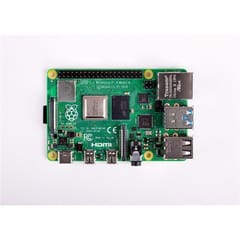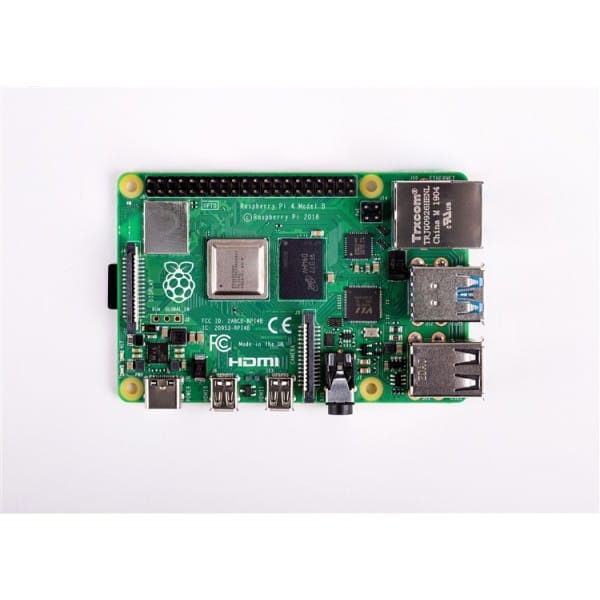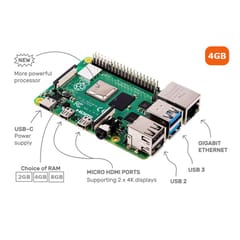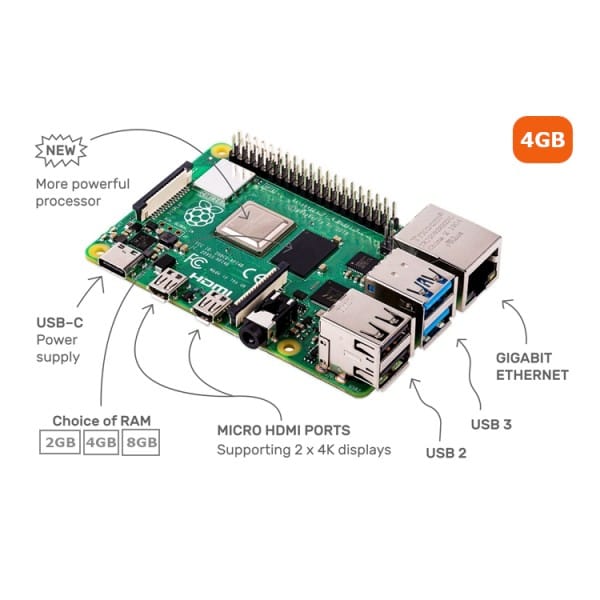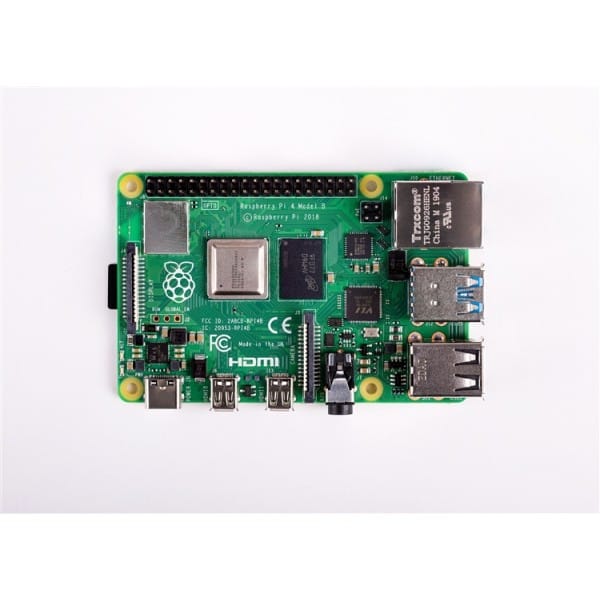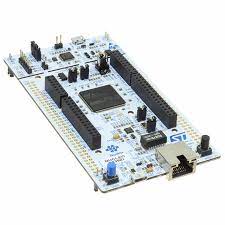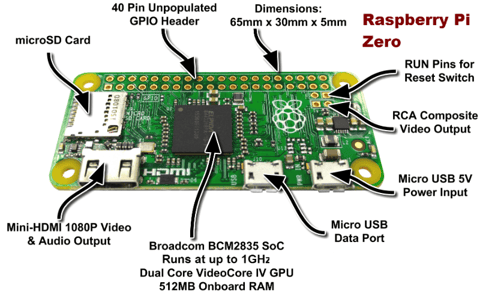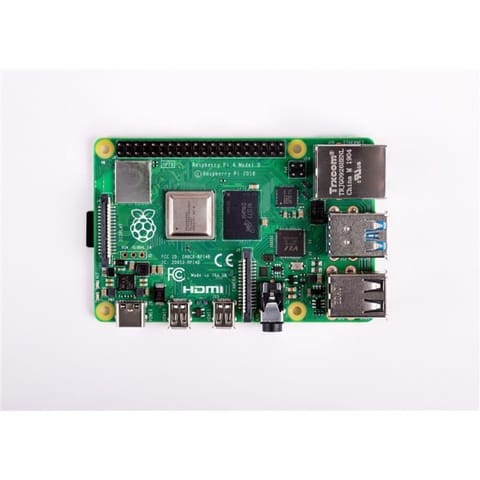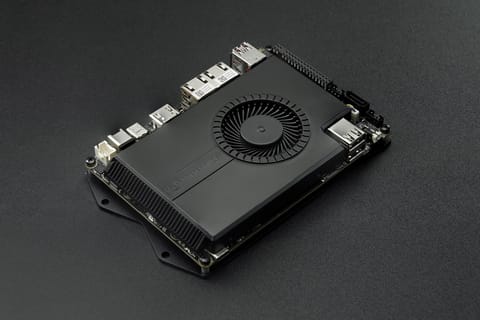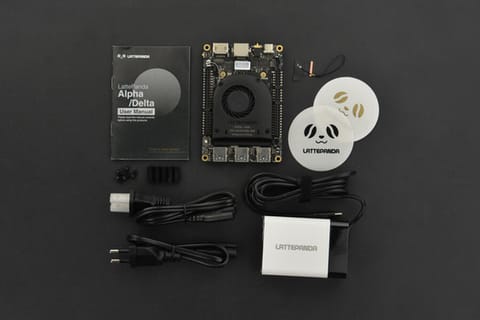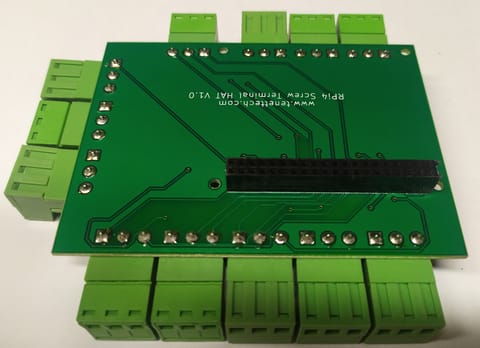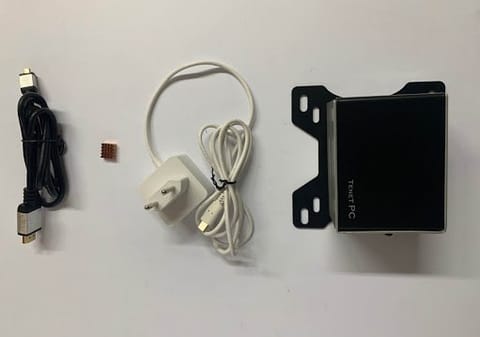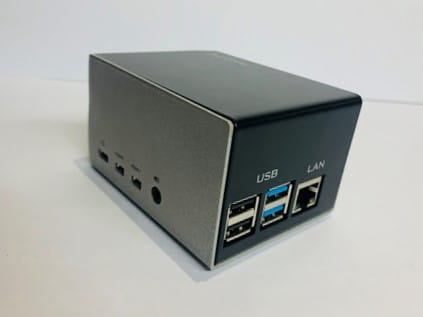- TRANSDUCERS
- TRANSDUCERS
- BASIC COMPONENTS DK
- BASIC COMPONENTS DK
- MARKETPLACE
- MARKETPLACE
- DEVELOPMENT BOARDS & KITS
- DEVELOPMENT BOARDS & KITS
- CABLE ASSEMBLIES
- CABLE ASSEMBLIES
- RF AND WIRELESS
- RF AND WIRELESS
- BOXES ENCLOSURES RACKS
- BOXES ENCLOSURES RACKS
- AUDIO PRODUCTS
- AUDIO PRODUCTS
- FANS-BLOWERS-THERMAL MANAGEMENT
- FANS-BLOWERS-THERMAL MANAGEMENT
- WIRELESS MODULES
- WIRELESS MODULES
- TERMINALS
- TERMINALS
- Cables/Wires
- Cables/Wires
- SINGLE BOARD COMPUTER
- SINGLE BOARD COMPUTER
- BREAKOUT BOARDS
- BREAKOUT BOARDS
- LED
- LED
- TEST AND MEASUREMENT
- TEST AND MEASUREMENT
- POTENTIONMETERS AND VARIABLE RESISTORS
- POTENTIONMETERS AND VARIABLE RESISTORS
- DEVELOPMENT BOARDS AND IC's
- DEVELOPMENT BOARDS AND IC's
- EMBEDDED COMPUTERS
- EMBEDDED COMPUTERS
- OPTOELECTRONICS
- OPTOELECTRONICS
- INDUSTRAL AUTOMATION AND CONTROL
- INDUSTRAL AUTOMATION AND CONTROL
- COMPUTER EQUIPMENT
- COMPUTER EQUIPMENT
- CONNECTORS & INTERCONNECTS
- CONNECTORS & INTERCONNECTS
- MAKER/DIY EDUCATIONAL
- MAKER/DIY EDUCATIONAL
- TOOLS
- TOOLS
- MOTORS/ACTUATORS/SOLEENOIDS/DRIVERS
- MOTORS/ACTUATORS/SOLEENOIDS/DRIVERS
- FPGA HARDWARE
- FPGA HARDWARE
- ROBOTICS & AUTOMATION
- ROBOTICS & AUTOMATION
The Raspberry Pi 4 offers ground-breaking increases in processor speed, multimedia performance, memory, and connectivity compared to the prior-generation boards, while retaining backwards compatibility and similar power consumption. The Raspberry Pi 4 provides desktop performance comparable to entry-level x86 PC systems. The Raspberry Pi 4 comes in three on-board RAM options for even further performance benefits: 2GB, 4GB and 8GB.
This product's key features include a high-performance 64-bit quad-core processor, dual-display output via two Micro HDMI ports, up to 4K resolution, hardware video decoding at up to 4Kp60, up to 4GB of RAM, dual-band 2.4/5.0 GHz wireless LAN, Bluetooth 5.0, Gigabit Ethernet, USB 3.0, and PoE capability.
Due to the higher power requirements, the Raspberry Pi 4 requires a 3.0A USB-C power supply (sold separately). If you have an existing power supply that is rated at 3.0A, you may utilize a microUSB to USB-C adapter to utilize your existing MicroUSB power supply to power the Raspberry Pi 4.
The standard HDMI port that were part of previous generation Raspberry Pi generation boards is replaced on the Raspberry Pi 4 by two Micro HDMI ports to provide dual monitor support. A 4K60P Micro HDMI to HDMI cable is required (or two cables for dual monitor operation).
- Home
- SINGLE BOARD COMPUTER
- Raspberry Pi 4 Model B With 8GB
Raspberry Pi 4 Model B With 8GB
SIZE GUIDE
- Shippin in 10-12 Working Days
Description of product
The Raspberry Pi 4 offers ground-breaking increases in processor speed, multimedia performance, memory, and connectivity compared to the prior-generation boards, while retaining backwards compatibility and similar power consumption. The Raspberry Pi 4 provides desktop performance comparable to entry-level x86 PC systems. The Raspberry Pi 4 comes in three on-board RAM options for even further performance benefits: 2GB, 4GB and 8GB.
This product's key features include a high-performance 64-bit quad-core processor, dual-display output via two Micro HDMI ports, up to 4K resolution, hardware video decoding at up to 4Kp60, up to 4GB of RAM, dual-band 2.4/5.0 GHz wireless LAN, Bluetooth 5.0, Gigabit Ethernet, USB 3.0, and PoE capability.
Due to the higher power requirements, the Raspberry Pi 4 requires a 3.0A USB-C power supply (sold separately). If you have an existing power supply that is rated at 3.0A, you may utilize a microUSB to USB-C adapter to utilize your existing MicroUSB power supply to power the Raspberry Pi 4.
The standard HDMI port that were part of previous generation Raspberry Pi generation boards is replaced on the Raspberry Pi 4 by two Micro HDMI ports to provide dual monitor support. A 4K60P Micro HDMI to HDMI cable is required (or two cables for dual monitor operation).
NEWSLETTER
Subscribe to get Email Updates!
Thanks for subscribe.
Your response has been recorded.
INFORMATION
ACCOUNT
ADDRESS
Tenet Technetronics# 2514/U, 7th 'A' Main Road, Opp. to BBMP Swimming Pool, Hampinagar, Vijayanagar 2nd Stage.
Bangalore
Karnataka - 560104
IN
Tenet Technetronics focuses on “Simplifying Technology for Life” and has been striving to deliver the same from the day of its inception since 2007. Founded by young set of graduates with guidance from ardent professionals and academicians the company focuses on delivering high quality products to its customers at the right cost considering the support and lifelong engagement with customers. “We don’t believe in a sell and forget model “and concentrate and building relationships with customers that accelerates, enhances as well as provides excellence in their next exciting project.


